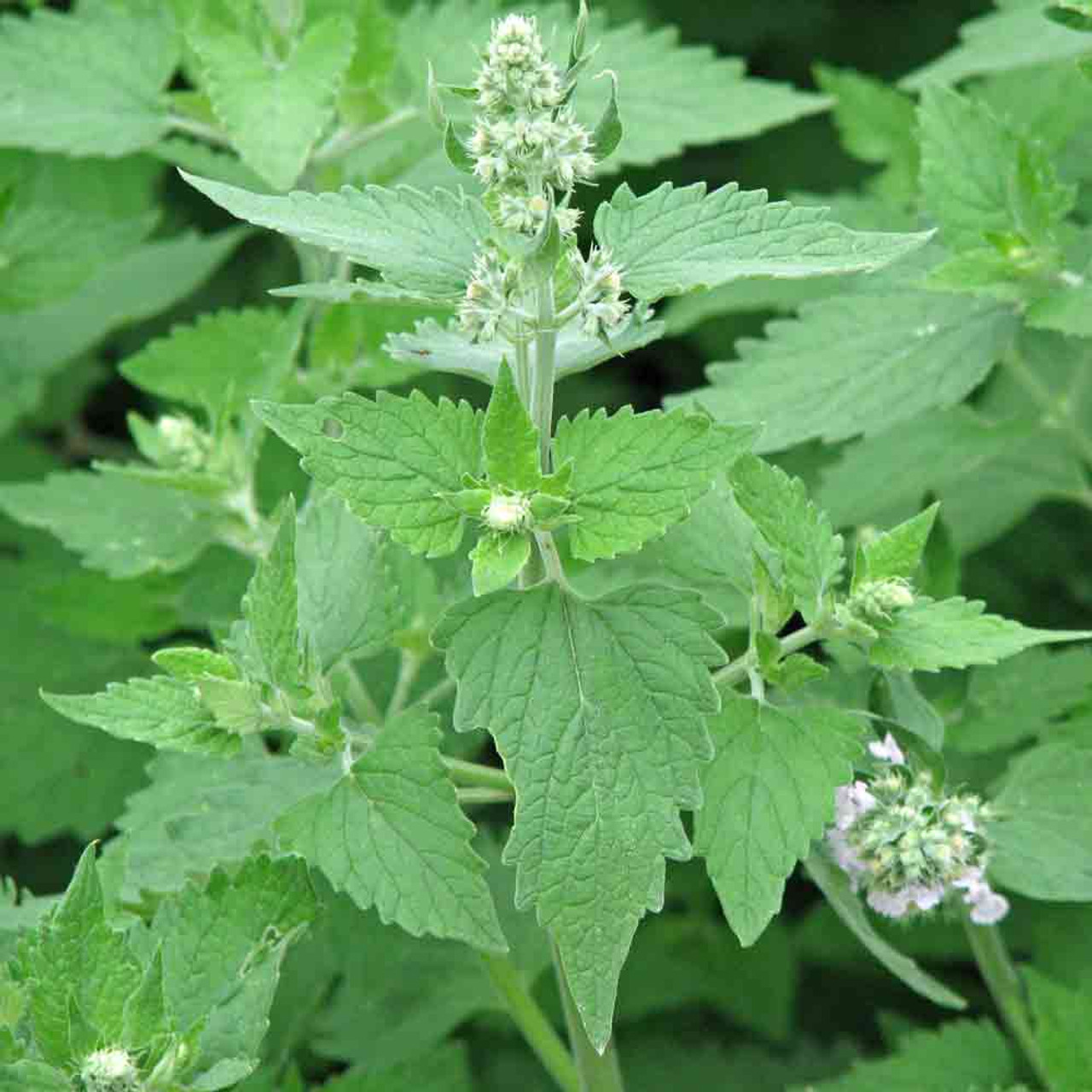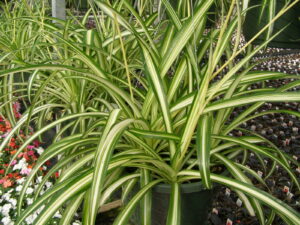When it comes to our feline friends, there’s one plant that has garnered quite a reputation – the catnip plant. This humble herb, scientifically known as Nepeta cataria, possesses a remarkable ability to captivate our beloved cats, eliciting a range of amusing behaviors and providing them with hours of entertainment.
What is Catnip Plant?
Catnip, also referred to as catmint, is a perennial herb from the mint family, Lamiaceae. It is native to Europe and Asia but has now spread to various parts of the world due to its popularity. The plant typically grows up to three feet tall and features small, delicate white or lavender flowers.
What makes catnip particularly fascinating is its ability to affect cats. The plant contains a chemical compound called nepetalactone, which acts as a stimulant when inhaled or ingested by cats. It triggers a series of behaviors that can range from playful to downright hilarious, making it a must-have for many cat owners.
The Science Behind Catnip’s Effect on Cats
The way catnip affects our feline friends is not fully understood, but researchers have made several intriguing discoveries. When a cat smells or ingests catnip, the nepetalactone binds to receptors in their nasal tissue, which then stimulates sensory neurons. These neurons send signals to the brain’s olfactory bulb, resulting in a variety of responses.
One theory suggests that the response to catnip is similar to a pheromone reaction, with the nepetalactone mimicking certain chemicals that trigger pleasurable sensations in cats. This may explain why some cats exhibit behaviors associated with mating or territorial marking when exposed to catnip.
It’s worth noting that not all cats are affected by catnip. Sensitivity to catnip is an inherited trait, with approximately 50-75% of cats being susceptible to its effects. Kittens under the age of three to four months are generally not affected by catnip, and some senior cats may become less responsive as they age.
The Effects of Catnip on Cats
When a cat encounters catnip, their reactions can be quite amusing to witness. The specific behaviors can vary from cat to cat, but here are a few common effects:
1. Euphoria and Excitement
Catnip often induces a sense of euphoria in cats, leading to increased excitement and playfulness. They may roll around, jump, dart around the room, or engage in energetic play sessions. This playful behavior can be a joy to watch and provides mental and physical stimulation for our feline companions.
2. Relaxation and Calmness
On the flip side, some cats may exhibit a more relaxed response to catnip. Instead of becoming hyperactive, they may become calm and sedate. This calming effect can be particularly beneficial for anxious or stressed cats, providing them with a natural way to unwind and alleviate tension.
3. Intense Sniffing and Rubbing
When cats encounter catnip, they often display intense sniffing and rubbing behaviors. They’ll bury their face in the plant or roll around in it, covering their fur with the scent. This behavior is believed to be a way for cats to mark their territory, as the scent of catnip can linger for hours or even days.
4. Temporary Loss of Interest
After the initial euphoric response, some cats may experience a period of temporary disinterest in catnip. This refractory period can last anywhere from 15 minutes to a few hours, during which the cat becomes unresponsive to additional exposure. However, the sensitivity to catnip usually returns after a while.
Uses of Catnip Beyond Feline Entertainment
While catnip’s primary allure lies in its effect on cats, this versatile herb has other uses that extend beyond feline entertainment. Humans have been harnessing the power of catnip for centuries, utilizing it for various purposes:
1. Medicinal Properties
Catnip has long been recognized for its medicinal properties. It contains compounds with antispasmodic, sedative, and anti-inflammatory effects, making it useful for easing digestive discomfort, menstrual cramps, and headaches. Additionally, catnip tea is a popular herbal remedy for insomnia and anxiety.
2. Insect Repellent
The strong scent of catnip acts as a natural repellent for certain insects. It contains a compound called nepetalactone, which has been found to be ten times more effective at repelling mosquitoes than DEET, a common chemical insect repellent. Planting catnip around your home or rubbing its leaves on your skin can help keep mosquitoes at bay.
3. Companion Planting
Many gardeners appreciate catnip for its ability to attract beneficial insects to the garden. Bees, butterflies, and other pollinators are drawn to the plant’s flowers, making it an excellent addition to any pollinator garden. Additionally, catnip can repel certain pests like aphids, making it an eco-friendly alternative to chemical pesticides.
Growing Catnip: A Joy for Cats and Gardeners Alike
If you’re a cat lover and enjoy gardening, growing catnip in your backyard can be a rewarding experience. Here are some tips to help you cultivate this delightful herb:
1. Selecting the Right Spot
Catnip thrives in well-drained soil and requires at least six hours of direct sunlight each day. Choose a location in your garden that meets these requirements to ensure healthy growth.
2. Starting from Seeds or Seedlings
You can start growing catnip from seeds indoors, four to six weeks before the last frost, or sow them directly in the garden after the frost danger has passed. Alternatively, you can purchase young catnip plants from a local nursery and transplant them into your garden.
3. Proper Watering
While catnip is relatively drought-tolerant, it’s important to keep the soil consistently moist during the plant’s early growth stages. Once established, catnip is more resilient and requires less frequent watering.
4. Pruning and Harvesting
To encourage bushier growth, pinch off the top half-inch of the plant once it reaches a height of six to eight inches. This will promote branching and result in a fuller, more attractive plant. When harvesting catnip, cut the stems just before the flowers open and dry them in a cool, well-ventilated area. Store the dried leaves in an airtight container to preserve their potency.
FAQs About Catnip
1. Is catnip safe for cats?
Yes, catnip is generally safe for cats. However, it is important to use it in moderation, as excessive exposure can lead to digestive issues or mild gastrointestinal upset. Additionally, consult with your veterinarian if your cat has any underlying health conditions.
2. Can cats become addicted to catnip?
Cats cannot become physically addicted to catnip, and it is non-toxic to them. However, it’s best to offer catnip as an occasional treat to prevent overstimulation or habituation.
3. Are there any alternatives to catnip?
If your cat does not respond to catnip or you prefer to try something different, there are a few alternatives to consider. Valerian root, silver vine, and honeysuckle are plants that can induce similar playful behaviors in cats.
4. Can kittens have catnip?
Kittens under the age of three to four months are generally not affected by catnip. The sensitivity to catnip develops as they mature, usually around six months of age.
5. Can catnip be used for training purposes?
Yes, catnip can be an effective tool for training cats. By using catnip as a reward during training sessions, you can reinforce positive behaviors and motivate your feline companion to learn new tricks.
A Natural Delight for Cats and Humans Alike
From its captivating effects on cats to its medicinal and gardening uses, catnip is truly a remarkable plant. Its ability to bring joy and amusement to our feline friends is unrivaled, providing them with a natural source of entertainment and mental stimulation. Meanwhile, its versatility allows humans to harness its benefits for various purposes.
So, whether you’re a cat owner looking to treat your feline companion or a gardener seeking to attract beneficial insects, the catnip plant is an excellent addition to your life. Embrace the wonders of catnip and watch as your cats frolic and play, embracing their natural instincts in the most delightful way.



